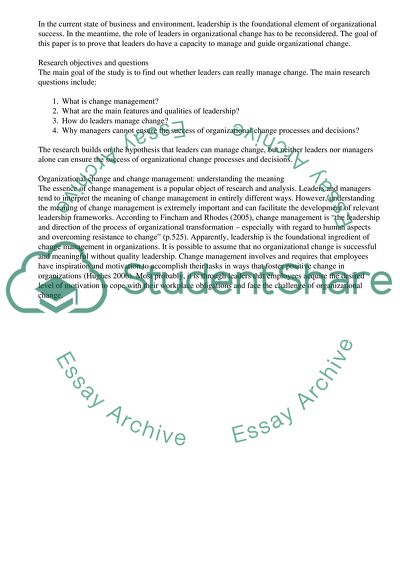Cite this document
(Why Managers Can't Do without Leaders and Leaders Can't Do without Man Essay - 1, n.d.)
Why Managers Can't Do without Leaders and Leaders Can't Do without Man Essay - 1. Retrieved from https://studentshare.org/management/1759751-organisational-leadership
Why Managers Can't Do without Leaders and Leaders Can't Do without Man Essay - 1. Retrieved from https://studentshare.org/management/1759751-organisational-leadership
(Why Managers Can't Do Without Leaders and Leaders Can'T Do Without Man Essay - 1)
Why Managers Can't Do Without Leaders and Leaders Can'T Do Without Man Essay - 1. https://studentshare.org/management/1759751-organisational-leadership.
Why Managers Can't Do Without Leaders and Leaders Can'T Do Without Man Essay - 1. https://studentshare.org/management/1759751-organisational-leadership.
“Why Managers Can't Do Without Leaders and Leaders Can'T Do Without Man Essay - 1”. https://studentshare.org/management/1759751-organisational-leadership.


